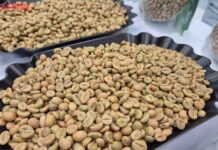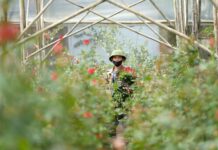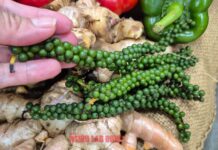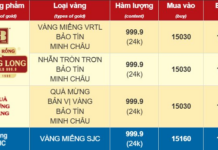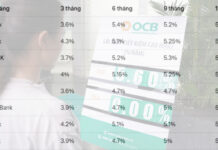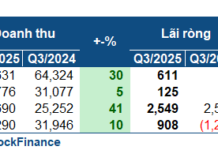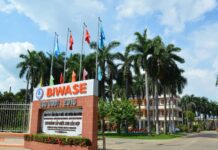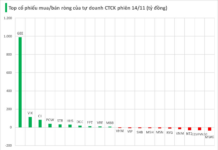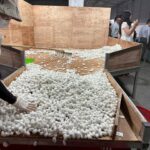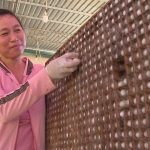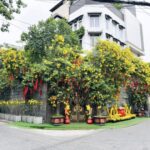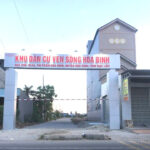Hoang Anh Gia Lai (HAGL) is investing in mulberry cultivation, alongside durian and banana, with expectations for it to become a revenue pillar during 2026-2028.
A field trip to Gia Lai revealed an integrated production process, starting from upstream raw material regions.

HAGL is developing 2,000 hectares of mulberry fields. These “mulberry plantations” are cultivated in large areas. The mulberry leaves are harvested to feed the silkworms in the “silkworm houses” (silkworm farms).
According to HAGL, due to silkworms’ extreme sensitivity to chemicals, these mulberry fields are completely isolated from other crops (such as bananas and durian) to ensure a “clean” leaf supply and minimize disease risks.

Inside the industrial-scale “silkworm houses,” silkworms are raised on large platforms and continuously fed mulberry leaves.

When the silkworms mature (ready to spin cocoons), they are moved to “cocoon frames” to begin the cocoon-making process. The cocoons are then harvested, ready for the spinning stage.

The $70 Formula
The entire process serves the value chain transformation formula. According to Mr. Doan Nguyen Duc, HAGL estimates that approximately 15 kg of mulberry leaves (from plantations) produce 1 kg of cocoons (in silkworm houses). Subsequently, around 7 kg of cocoons are needed for the factory to spin 1 kg of raw silk.

This raw silk, according to Mr. Duc, has an export value of around $60 to $70/kg (approximately 1.5 – 1.7 million VND). This is the basis for Mr. Duc’s statement at the AGM: “1 hectare of mulberry is more profitable than any other crop.”
Operational Risks & Unstable Factors
Despite the promising financial formula, HAGL highlights practical operational risks.
First,
large-scale silkworm farming is a significant technical challenge due to silkworms’ sensitivity, requiring strict care and disease prevention protocols.
Second,
Mr. Duc acknowledges that the project has only been operational for 8-9 months, so raw silk production is still “unstable.”
The cocoons are supplied to HAGL’s two silk spinning factories. According to HAGL’s documents, there are two factories: one in Ham Rong (designed capacity of 280 tons/year) and another in Gia Lai (designed capacity of 1,000 tons/year).
The total capacity of both factories, according to Mr. Duc, is 40 spinning lines, expected to be fully completed by August 2026. HAGL anticipates that when the 2,000 hectares of mulberry and both spinning factories operate at full capacity, this segment will become a revenue pillar, alongside durian and banana.

